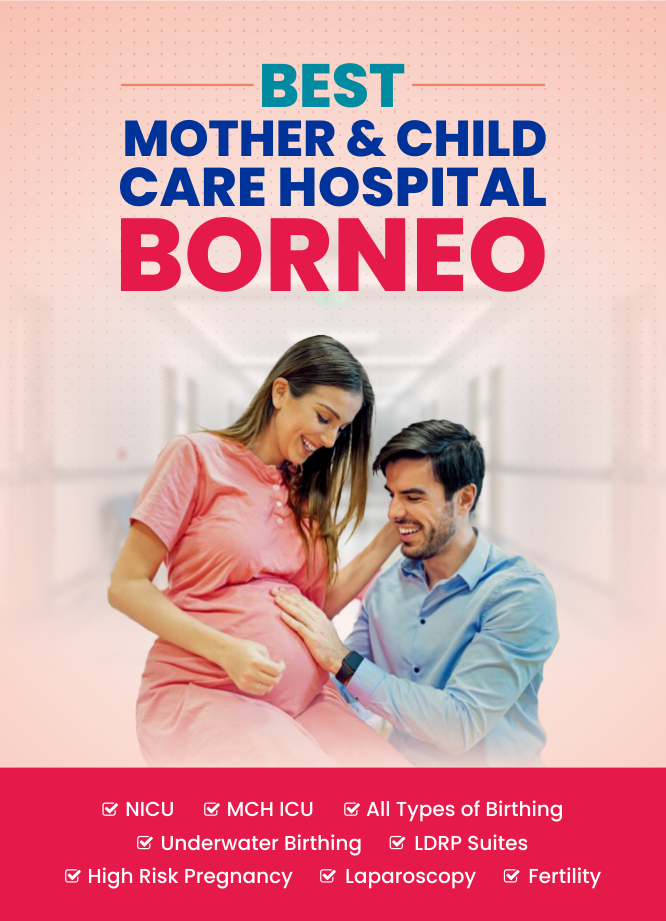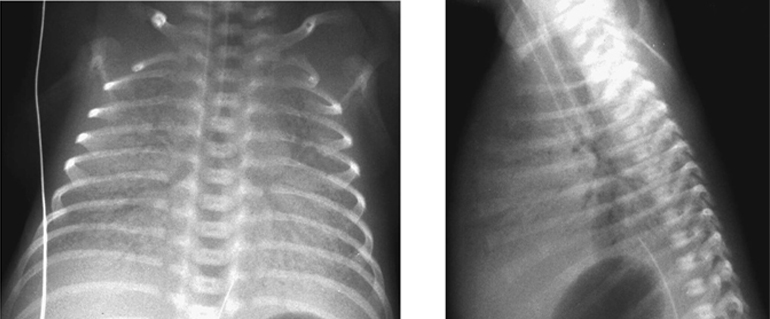


Hyaline Membrane Disease (HMD) is a type of infant respiratory distress syndrome that affects newborns. This disorder is also known as Infant Respiratory Distress Syndrome (IRDS), Neonatal Distress Syndrome (NDS). It is a common breathing disorder in newborns and can lead to serious complications if not treated quickly. HMD occurs when the tiny air sacs in the lungs, called alveoli, become filled with fluid and cannot properly exchange oxygen and carbon dioxide.
This results in difficulty breathing and other symptoms such as rapid breathing, grunting, nasal flaring, chest retractions, and bluish skin color. If left untreated, HMD can be fatal for the affected newborn. It is estimated that HMD affects around 1 in every 1000 newborns worldwide and it is one of the leading causes of death in infants under one month old. Fortunately, with early diagnosis and treatment with oxygen therapy or mechanical ventilation, most cases of HMD can be successfully managed.
Exploring the Causes and Risk Factors of HMD- Hyaline Membrane Disease (HMD) is a respiratory disorder in newborn babies that is caused by immature lungs. It is the most common cause of death in premature babies and can be life-threatening if not treated promptly.
The causes of HMD are mainly related to prematurity, maternal health risks, and environmental factors. Prematurity is the primary risk factor for HMD as it can lead to an underdeveloped lung structure which makes it difficult for the baby to breathe. Maternal health risks such as smoking, drug use, and infections during pregnancy can also increase the risk of HMD in newborns. Environmental factors such as air pollution can also contribute to the development of this disorder.
It is important to understand these risk factors and causes so that we can take steps towards prevention and early intervention of HMD in newborns.
Hyaline Membrane Disease (HMD) is a type of respiratory distress syndrome that affects newborns. It is caused by an immature lung that lacks the ability to produce enough surfactant, which helps keep the air sacs in the lungs open and functioning properly. This can cause breathing difficulties and other symptoms in newborn babies.
The most common signs and symptoms of HMD include rapid breathing, grunting, flaring nostrils, chest retractions (pulling in around the ribs), decreased oxygen levels, blue skin coloration (cyanosis), and low blood pressure. If left untreated, HMD can result in severe respiratory failure and even death. Therefore it is important to be aware of these signs and symptoms so that you can seek prompt medical attention if needed.
Hyaline membrane disease (HMD) is a respiratory disorder affecting newborn babies. It is caused by a lack of surfactant, an essential substance that helps keep the lungs inflated. HMD is one of the most common causes of respiratory distress in newborns and can be life-threatening if not treated promptly.
Diagnosing HMD in newborns requires careful observation and assessment of symptoms such as rapid breathing, poor oxygenation, and low blood pressure. Treatment for infants with HMD typically includes administering supplemental oxygen and surfactant replacement therapy to help reduce the severity of symptoms. In more severe cases, mechanical ventilation may be necessary to provide additional oxygen to the lungs. With proper diagnosis and treatment, many babies with HMD can make a full recovery.
To prevent HMD, it is important to take certain steps before and after conception. Before conception, both parents should be tested for genetic diseases that could cause HMD in their child. After conception, women should receive regular prenatal care and nutrition counseling to ensure a healthy pregnancy. Additionally, mothers should avoid smoking and other harmful substances while pregnant as they can increase the risk of HMD in their baby. Taking these steps before and after conception can help reduce the risk of Hyaline Membrane Disease in newborns.